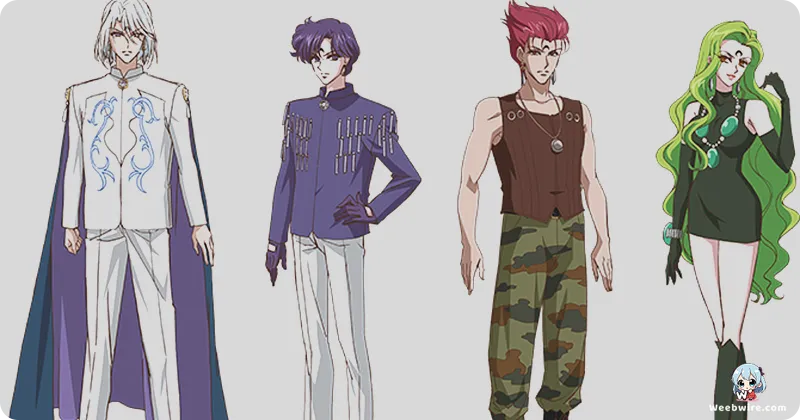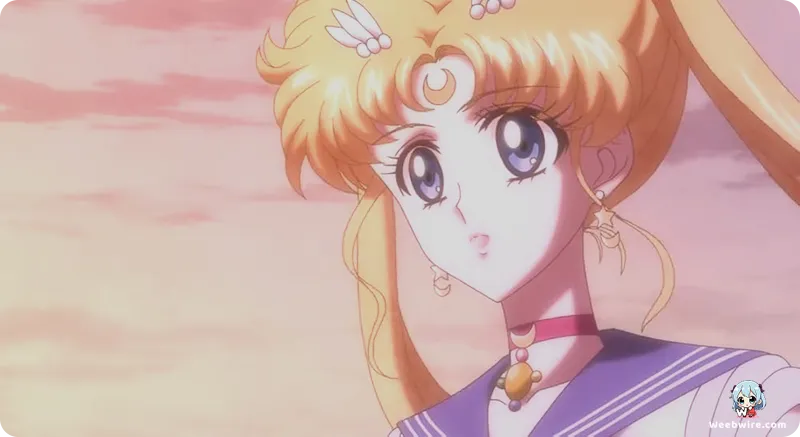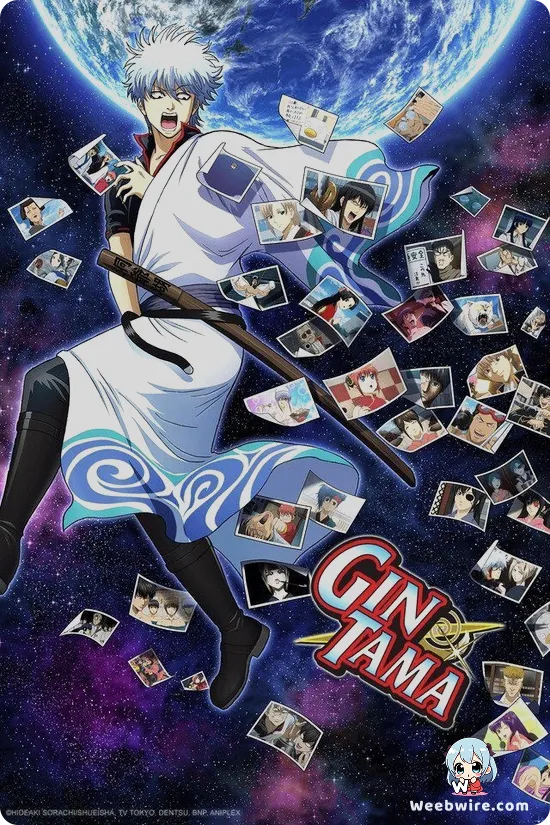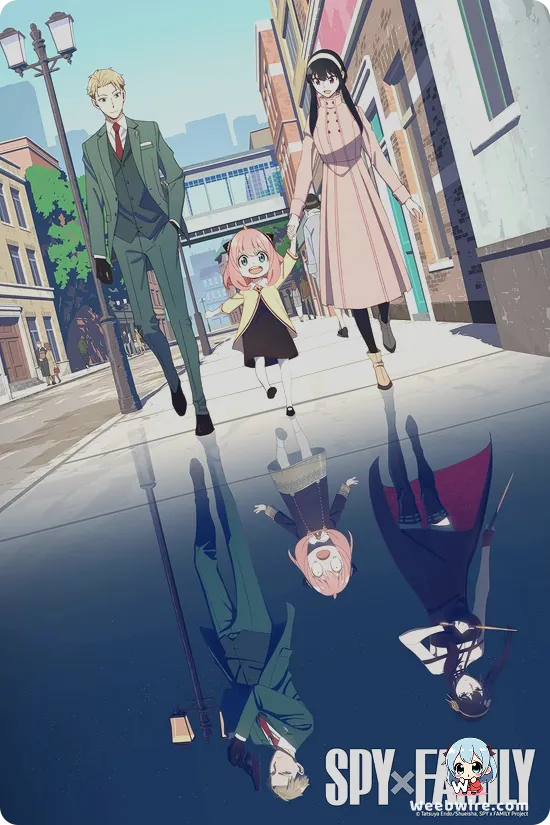The Moonlight's Hidden Depths: Unearthing the Untold Stories Behind Sailor Moon's Enduring Legacy

For decades, Sailor Moon has reigned supreme, captivating global audiences with its vibrant magical girl narratives and epic battles. Yet, beneath the glittering surface, a treasure trove of lesser-known facts offers a profound appreciation for Naoko Takeuchi's visionary manga and Toei Animation's beloved anime, unveiling intricate layers that cemented its place as a timeless cultural touchstone.
The Genesis of Sailor Moon
The very genesis of Sailor Moon is a surprising revelation: it began not with Usagi Tsukino, but with Minako Aino. Takeuchi’s earlier one-shot, Codename: Sailor V, starred Minako as a solo magical girl. A pivotal editorial suggestion expanded this into a team of five, birthing the iconic Sailor Senshi. Minako, as Sailor V, seamlessly transitioned into the main series as Sailor Venus, illustrating how a beloved individual saga evolved into a global phenomenon.
Symbolism in Naming Conventions
Further enriching the series are its meticulous naming conventions and embedded symbolism. Usagi Tsukino, the clumsy yet courageous protagonist, carries a name delightfully referencing Japanese folklore's moon rabbit ('Usagi' meaning 'rabbit,' 'Tsukino' meaning 'of the moon'). Mamoru Chiba, Usagi’s enigmatic love interest, is aptly named 'Earth Defender,' aligning with his Tuxedo Mask role. Each Inner Senshi’s name and celestial affiliation are thoughtfully chosen, reflecting their powers and personalities a testament to Takeuchi's profound world-building.
Manga Versus Anime Adaptations
A captivating contrast emerges between the manga and the original 1990s anime. The manga often delved into darker, more mature themes, presenting a grittier narrative with higher stakes. Inner Senshi deaths in the manga's first arc were far more explicit and emotionally impactful than their anime counterparts. Tuxedo Mask, too, wielded more active and potent abilities in the manga, positioning him as a direct combatant. These narrative nuances underscore creative decisions made during adaptation.

Voice Acting Insights
Even the voice casting holds fascinating anecdotes. Kotono Mitsuishi, the legendary voice actress for Usagi Tsukino, almost missed the role. Due to early production illness, Kae Araki (later Chibiusa) was initially considered. Providentially, Mitsuishi recovered and secured the role, imbuing Usagi with her distinct, unforgettable voice. Her enduring performance remains a cornerstone of the anime's charm and success.
International Localization and Censorship
International localization efforts for Sailor Moon also generated significant, often contentious, trivia. The infamous DiC English dub undertook numerous alterations: names were changed, scenes excised, and notably, LGBTQ+ relationships faced heavy censorship. Zoisite and Kunzite, a canon gay couple, were rewritten as heterosexual (Zoisite portrayed as female). Sailor Uranus and Neptune's romantic relationship was controversially recast as familial. These choices offer a unique window into cultural sensitivities and censorship of the era.
Naoko Takeuchi's Creative Influences
Naoko Takeuchi's personal background further illuminates her creative genius. As a licensed pharmacist, her scientific acumen and love for astronomy infused the series' intricate planetary motifs. Her passion for fashion is also evident in the Senshi’s stylish civilian and battle attire. The enduring allure of Sailor Moon transcends its fantastical elements, resonating through its relatable characters and universal themes of friendship, love, and courage. These compelling facts amplify the rich legacy of this timeless magical girl epic, ensuring its cherished status for generations.
Credits
Sailor Moon
Author
Naoko Takeuchi
Cover Art
Naoko Takeuchi
Studio
Toei Animation
Publisher
Kodansha
Producers





